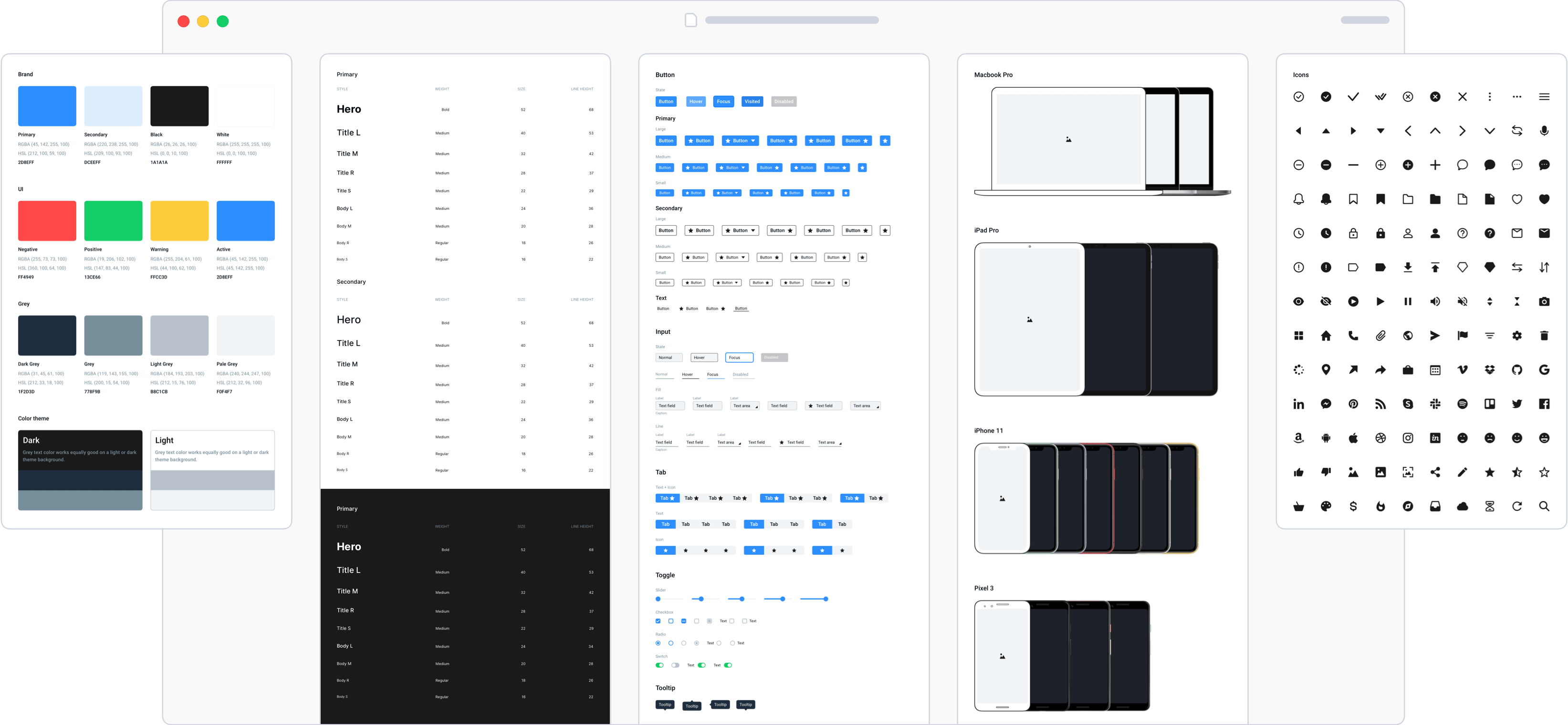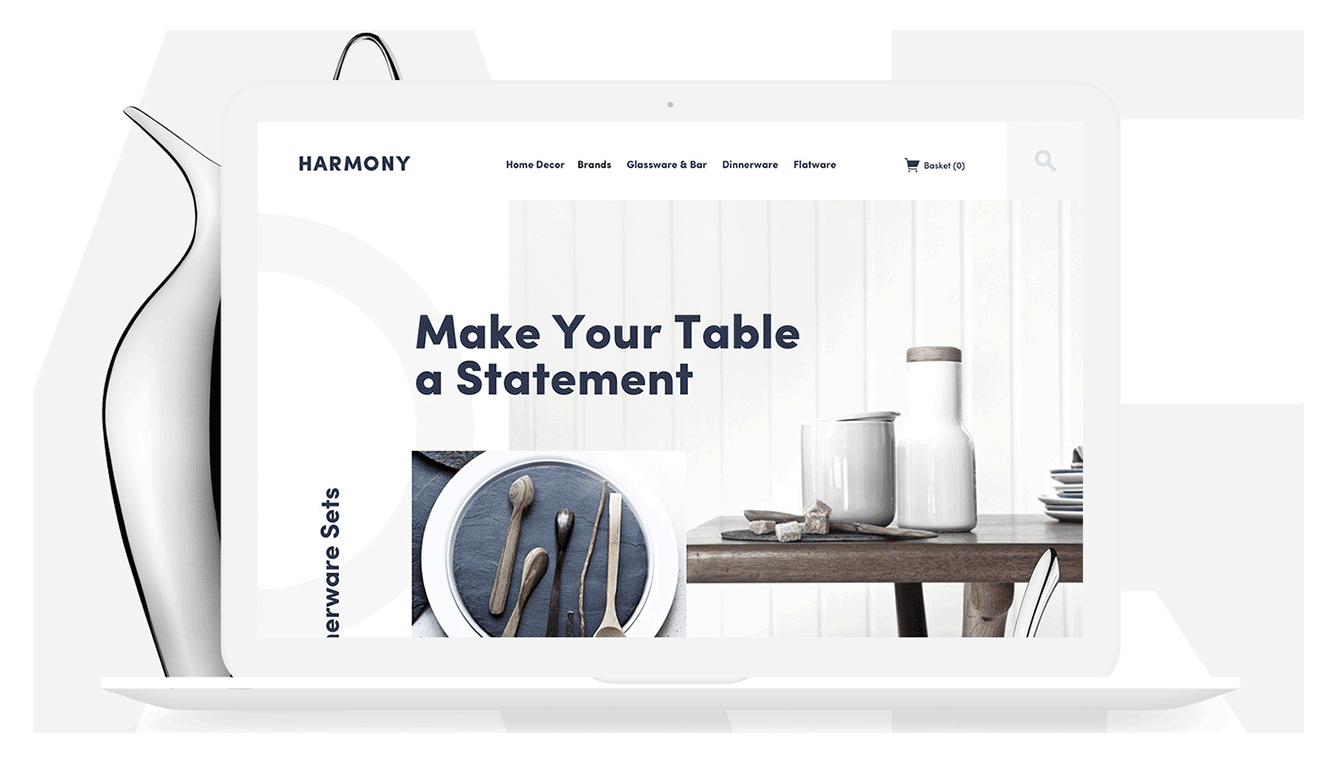
Mobile first design means removing content and interaction patterns that are not compatible with small screens. Desktop layouts, for example, require more time and money than the mobile version. Mobile design means that you don't have to make changes to your desktop layouts. You should get started now if you don't have a mobile design yet. These are some tips to help you create a mobile-friendly website.
Identify the pain points of your target users
When designing for mobile, it is important to understand the pain points of your target users. Although it may sound obvious to some, pain points can be both broad and specific, important or obscured from public view. Whatever type of problem you have, identifying the pain points is the first step towards creating solutions. UX terminology often gets misunderstood and exaggerated. This article will try to clarify the meaning of "pain points" in a broader context. The term "pain points" refers a user's experience. It is not limited to usability issues.

Identify the capabilities of your target device
Identifying the capabilities of your target device is critical in designing for mobile. While determining the capabilities of your target device is crucial for all applications, you should also focus on the characteristics of your target user. For example, if your target user is elderly, their needs may be unique to the elderly. This is why you should consider the unique characteristics of elderly users when developing your app.
It's easy to create a user-friendly UX
Mobile-first design is crucial for users on the move. Instagram and Snapchat both adapt this strategy to mobile. They use features like infinite scrolling, stacked stories and other interesting features to keep their users interested. The New York Times has also introduced sticky navigation to make it easy for users to see the most recent updates. While most people use a smartphone for personal use, other people, like investment analysts and researchers at the United States Department of Agriculture, prefer large screen computers or dual monitors for their work. 161 million Netflix subscribers use personalized menus for browsing content and finding what they need.
Creating a responsive design
Responsive design starts on the desktop, and scales down to fit the smallest display. This reduces website content but retains all the features. A clear navigation bar is at the top of any mobile-first design. Users can tap an element by using their fingertip. The same content will appear on a tablet screen as a desktop.

How to create a chatbot
It's easy to create a mobile chatbot. You'll find many options whether you want an app for your website on mobile or a chatbot for business websites. Chatbots can make predictions and use artificial intelligence to interpret context and give useful answers based on that context. A chatbot can provide a welcome message, or a tailored response to your business.
FAQ
How much do web developers make?
Working on a website yourself will likely earn you between $60 and $80 an hour. If you are looking to make more money, it is worth considering becoming an independent contractor. The hourly rate could be anywhere from $150 to $200
Can I Use A Template Or Framework On My Website?
Yes! Yes! Many people use pre-built frameworks or templates when creating websites. These templates have all the code you need to display your information on your website.
Some of the most well-known templates are:
WordPress - The most popular CMS
Joomla - another popular open source CMS
Drupal - an enterprise-level solution that large organizations use
Expression Engine is a Yahoo CMS that allows you to create custom CMS sites.
Hundreds of templates are available for each platform, so finding the right one should be easy.
What is responsive web design?
Responsive web design (RWD), is a way to create websites that display responsively on all devices, including smartphones, tablets, desktop computers, laptops and tablets. This allows users to view a website on one device simultaneously but still access other features such as navigation menus, buttons, etc. RWD is designed to ensure that a user can view a site on any size screen.
You would, for example, want to make sure that a customer can view your website even on a mobile device.
Responsive websites will adjust their layout according to the device that is being used. It will appear the same as a regular desktop website if you view it on your laptop. The page will look completely different if it's viewed on your smartphone.
This allows you create a website that looks great on any device.
What types of websites should you make?
Your goals will determine the answer to this question. To build a business around your website, you may want to focus on selling products online. You'll need to build a robust eCommerce site to do this successfully.
Other popular types of websites include blogs, portfolios, and forums. Each requires different skills. For instance, if you want to set up a blog, you will need to learn about blogging platforms such as WordPress or Blogger.
You will need to decide how to customize your website's look when you select a platform. There are many templates and themes that are free for each platform.
Once you have decided on a platform, you are able to start building your website by adding content. Pages can include images, videos, text and links.
Once you're ready to publish your website online, click here. Once your website is published, visitors will be able to access it in their web browsers.
How Do I Create a Free Website?
This will depend on the type and purpose of your website. Do you want to sell online products, start a blog, build a portfolio, or both?
You can make an essential website using only HTML and CSS (a combination of HyperText Markup Language and Cascading Style Sheets). Although HTML and CSS are possible to create a website, most web developers recommend using WYSIWYG editors such as Frontpage or Dreamweaver.
Hiring a freelance developer is a good option if you don’t have much experience with designing websites. They can help create a custom website for you based on your requirements.
Freelance developers can charge either an hourly or a flat fee. The amount of work they do within a certain time frame will affect the cost of hiring a freelancer.
For example, companies may charge 50-100 dollars an hour. Higher rates will be charged for larger projects.
There are many websites that list jobs available for freelancers. You can also search on those websites before you reach out to developers.
How much does a website cost?
This question will depend on your goals for your website. For instance, if you just want to post information about yourself or your business, you might be able to get away with free services such as Google Sites.
But if your goal is to attract visitors to a website, it's likely that you'll need to invest in something more robust.
The best option is to use a Content Management System, such as WordPress. These programs make it easy to create websites without any programming knowledge. You won't be hacked because these websites are hosted by third parties.
Squarespace offers a great way to build your website. The plans range from $5 per month up to $100 per month depending on what content you want to put on your site.
Do I hire a web design firm or do it myself.
If you are looking to save money, don't spend on web design services. It may not be a wise decision to pay for web design services if you desire high-quality results.
You can build websites yourself without paying for professional designers.
You can make a beautiful website if you are willing to work hard and put in the effort.
An alternative option to outsourcing your project is to hire an experienced freelance web designer who charges per-hour instead of per job.
Statistics
- Is your web design optimized for mobile? Over 50% of internet users browse websites using a mobile device. (wix.com)
- Did you know videos can boost organic search traffic to your website by 157%? (wix.com)
- It's estimated that in 2022, over 2.14 billion people will purchase goods and services online. (wix.com)
- In fact, according to Color Matters, a signature color can boost brand recognition by 80%. There's a lot of psychology behind people's perception of color, so it's important to understand how it's used with your industry. (websitebuilderexpert.com)
- It enables you to sell your music directly on your website and keep 100% of the profits. (wix.com)
External Links
How To
How do I get started as a UI Designer?
Two ways to be a UI designer are available:
-
You can also go to school and get a degree as UI Design.
-
You can become a freelancer.
To go to school, you will need to enroll in college or university for four years. This includes art, computer science, business, marketing, psychology, etc.
You can also attend classes at state universities and community colleges. Some schools offer tuition-free programs while others charge tuition.
You'll need to find work once you have graduated. If you are going to be working for yourself, you will need to build your client list. You should network with other professionals to let them know that you exist.
Opportunities to intern in web development companies are available. Many companies hire interns to gain experience before hiring full-time employees.
It will be easier to land more jobs once you have a portfolio of your work. You should have work samples and information about the projects you worked on in your portfolio.
It's a good idea to send your portfolio to potential employers via email.
As a freelancer, you will need to market yourself. Advertise your services on job boards such as Indeed, Guru, Guru, and Upwork.
Freelancers often receive assignments from recruiters who post openings online. These recruiters seek qualified candidates to fill open positions within certain industries.
These recruiters provide candidates with a project description that details the position's requirements.
Freelancers are not required by law to sign any long-term agreements. If you are looking to make a move, however, it is advisable to negotiate an upfront payment.
Designers prefer working directly with clients over working through agencies. While this may seem ideal, many people lack the necessary skills.
Agency workers typically have extensive knowledge of the industry they're working in. They also have access to specialized training and resources that allow them to produce high-quality work.
Agency workers also receive higher hourly rates.
You won't be able to get in touch with your employer directly if you work with an agency.
As a UI designer you need to be motivated, creative, flexible, detail-oriented and communicative.
Additionally, communication skills must be excellent both in written and verbal.
UI designers are responsible for designing websites by creating user interfaces (UI) and visual elements.
They are responsible for ensuring the site meets its users' needs.
This means understanding the needs of visitors and how the site should work.
To create wireframes, UI designers can use a variety of tools. Wireframing is a way for them to visualize the layout of a page prior to beginning their designs.
There are many wireframe templates available online. Anyone can create their own wireframes.
Some designers are solely focused on UI design while others blend UI design and graphic design.
Graphic designers use software such as Photoshop to edit images.
Then, they use Adobe InDesign for layout and page design.
Photographers capture images using digital cameras or DSLRs.
The photos are then uploaded into a photo editing program. Here they can add captions, filters, or other effects.
Afterward, the photographer saves the image in a file format compatible with the website.
It is important to take into consideration all aspects of the design process when building a website.
This includes research as well planning, wireframing. prototyping. testing. coding. content creation. and publishing.
Research - It is crucial to conduct extensive research before beginning a new venture.
Planning - Once your research is complete, you can begin to create a plan.
Wireframing – A wireframe is a preliminary sketch or drawing of a webpage or application.
Prototyping -- Prototypes allow you to make sure that your final product is exactly what you imagined.
Testing – The prototype should go through multiple rounds to be tested in order for it to work properly.
Coding - Coding refers to the process of writing computer code.
Content Creation - This includes everything from managing social media accounts to writing copy.
Publishing means uploading files onto a server and making the site accessible.
You will learn about various projects as a freelance UX/UI designer.
Some companies may only need wire frames while others require complete prototypes.
Depending on which type of project you accept you might be asked to do specific tasks.
One example is that if you are hired as a wireframe designer, you might be required to create many wireframes.
If you're hired to create a complete prototype, you may be required to develop a fully functional version of the site.
It doesn't really matter what project you're working on, good interpersonal skills are vital.
Referrals are the most common way that clients hire freelancers. You must establish solid relationships with potential employers.
Additionally, communication skills are essential.
A portfolio is an important tool in any freelancer's arsenal.
It showcases the quality of your work as well as your ability and willingness to provide high-quality results.
You can do it online with a professional portfolio.
You can find similar websites to yours online to help you get started.
These sites can be searched to determine which services they offer.
Once you've identified the best practices, it is time to start implementing them.
It's also beneficial to include links within your resume to your portfolio.